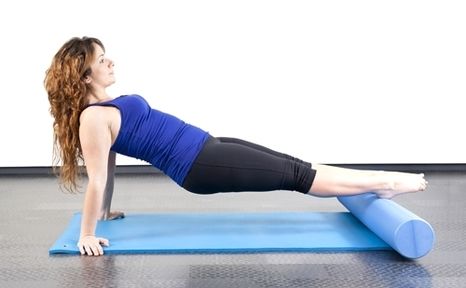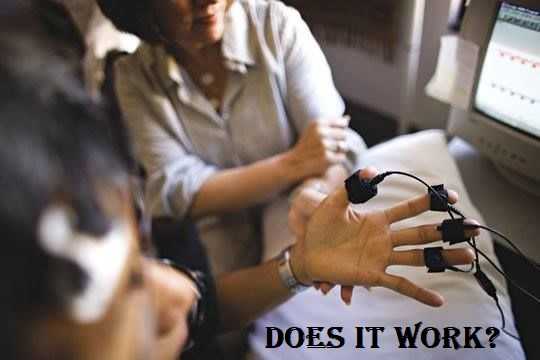Using Foam Rollers for RA Pain

If you frequent a gym or fitness center, then you’ve probably already seen some folks using foam tubes in their workout. While the practice may seem strange at first, it may actually benefit those who suffer from rheumatoid arthritis pain. But it’s important that you learn the proper techniques, tips and tricks of using a foam roller before integrating it into your workout routine. Consult with your physician, rheumatologist or personal trainer before taking any new steps, and take a look at these suggestions for using foam rollers for your RA pain:
Warming up your back muscles
According to Everyday Health, you can use a foam roller to prepare the various muscle groups in your back and shoulders for a workout. The technique is called self-myofascial release and requires very little training. Lying on your side, place the foam roller between your arm and your chest, angling it down to target the muscles in your back group. Moving the roller up and down, begin to shift your body weight back and forth so as to isolate different muscle groups as you go along. You’ll increase blood flow to your muscle groups and be more prepared when you reach your actual workout.

Cooling down
Perhaps the greatest benefit of using a foam roller is its ability to help relax and cool down your muscles after a workout. Think about which muscles you’ve used most during of your exercise routine and use the roller to go over them slowly and methodically. Note that you don’t want to overwork a given muscle or area of the body, so allow yourself a bit of time between finishing your strenuous exercise and using the roller.
Be regular and aware
Prevention says that using a foam roller to relax and cool down your joints and muscles after a workout can reduce your pain by nearly half. The tip is to do so regularly. If you’re just beginning to use a foam roller, find time at least three days a week to use it, noting how your flexibility and comfort improve. Also, as with all new parts of a workout routine, you’ll want to begin slowly so as not to overdo or overuse any area of the body. If you feel discomfort or pain, slow down or stop.





